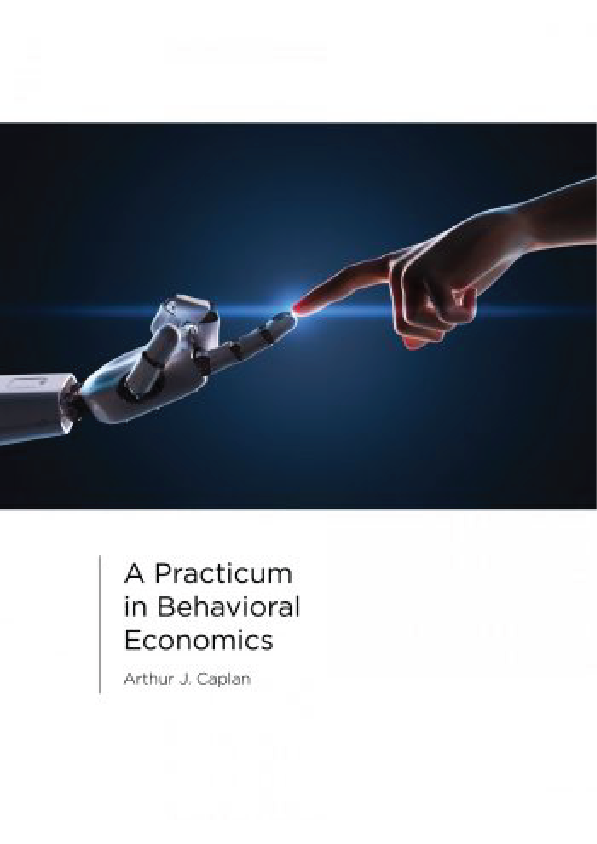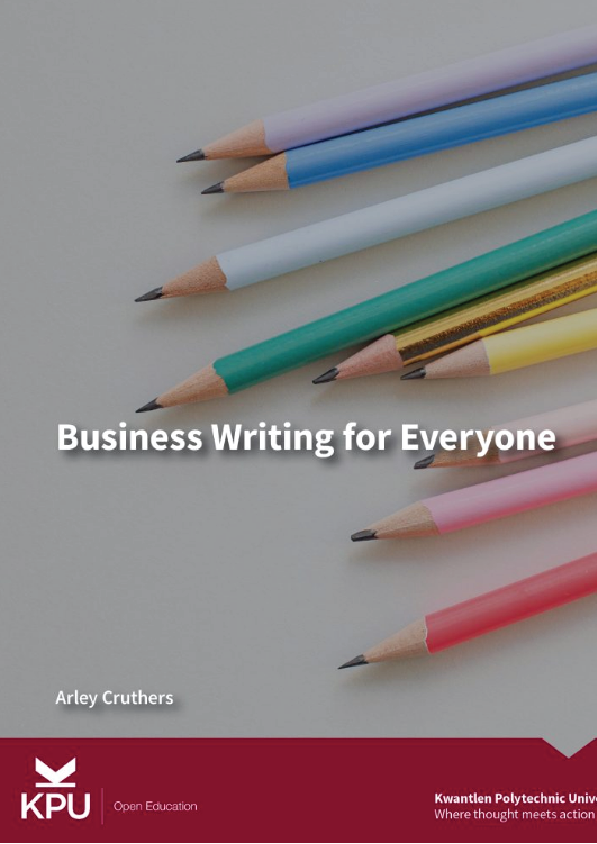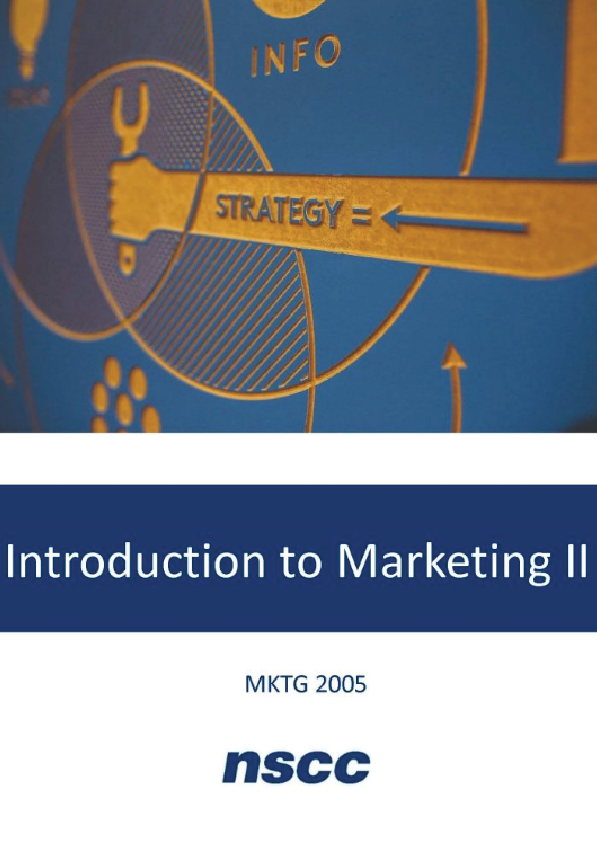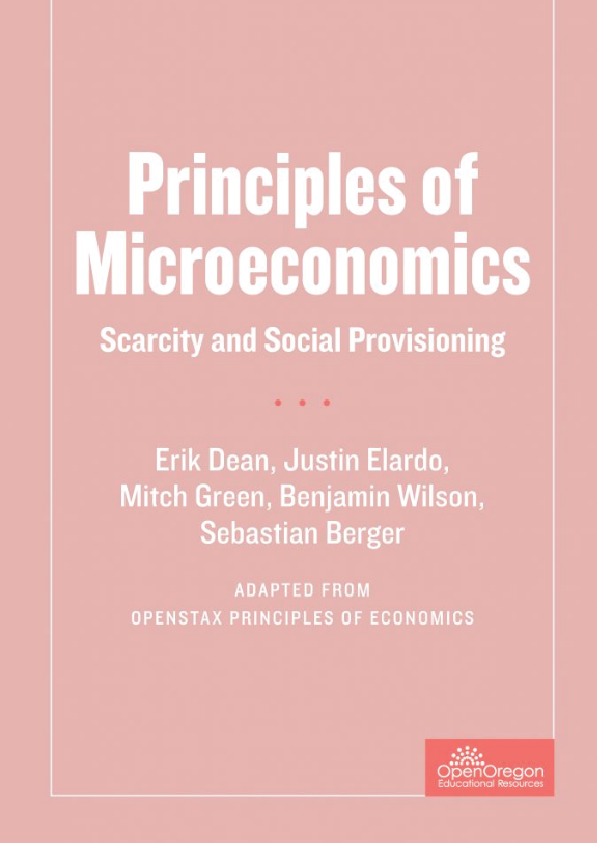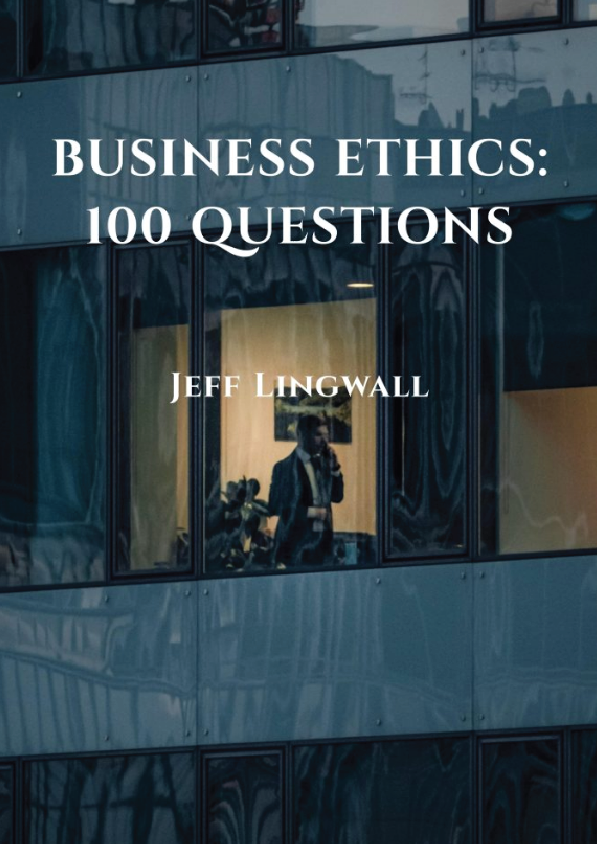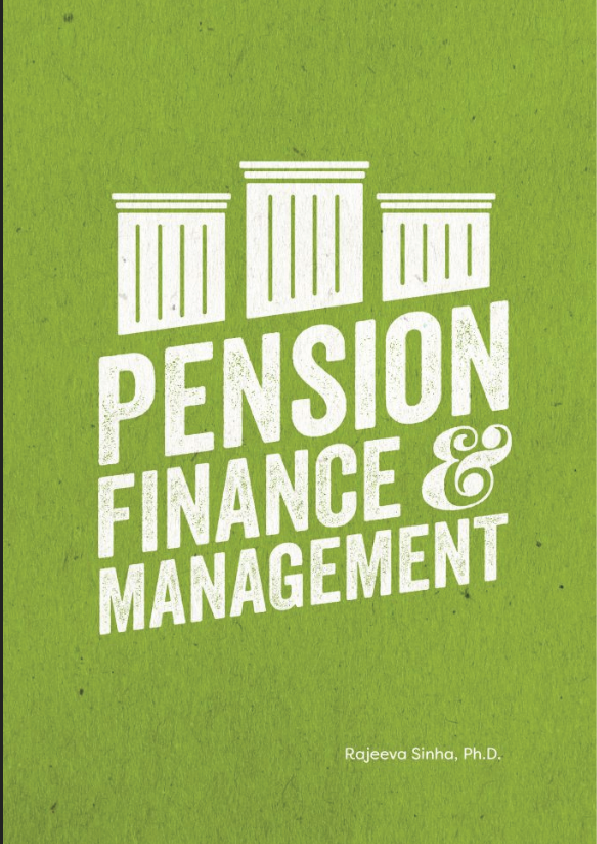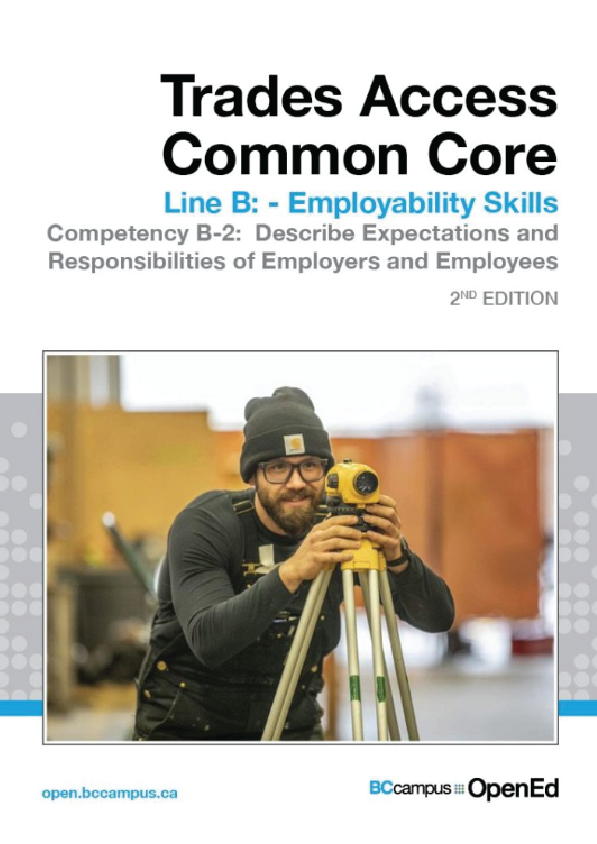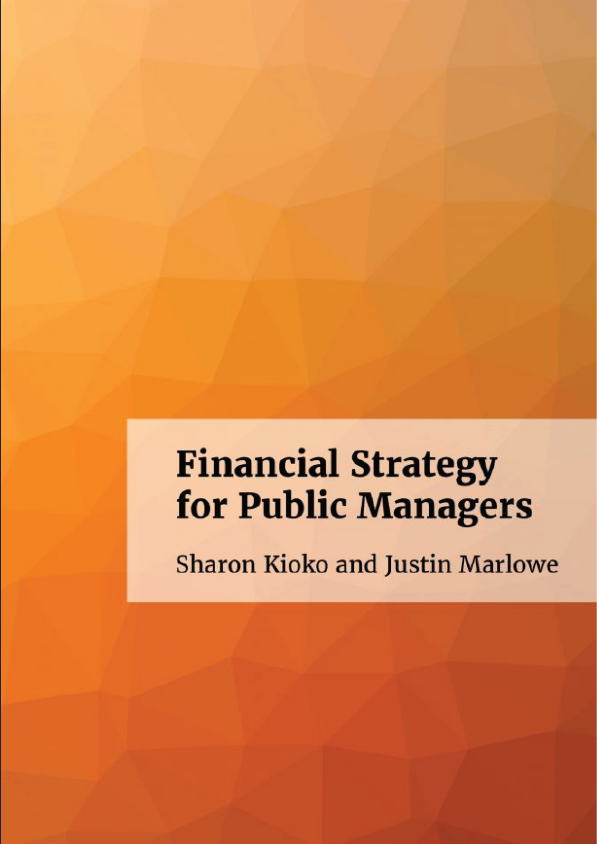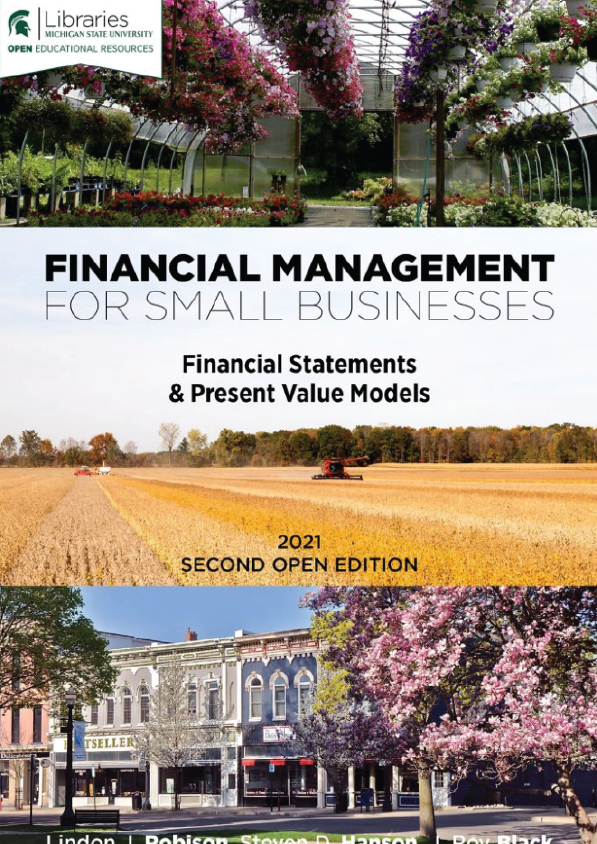The author acknowledges the following organizations and individuals for their support in helping to make this book a reality:
The Fulbright Specialist Program, the Bureau of Educational and Cultural Affairs, and the United States Department of State who provided me with the opportunity to teach a mini-course in behavioral economics to faculty at the Meiktila University of Economics in Myanmar during the summer of 2019. This experience provided the impetus and formed the basis of A Practicum in Behavioral Economics.
My students and administrators at Meiktila University of Economics, who intrepidly crossed the language barrier and willingly participated in the book’s maiden voyage. They showed me just how powerful the approach used in A Practicum in Behavioral Economics can be in bringing the field of behavioral economics to life.
Nick Gittins and Stephanie Western, Open Educational Resources Coordinator and Program Manager, respectively, and their colleagues and staff at the University Libraries Digital Initiatives, Utah State University, who helped turn my initial draft of the book into a reality.
And last, but certainly not least, my wife, Frances Caplan, who encouraged me to make the trip to Myanmar and to take a chance on transforming the experience into the book you now hold.
The advancement of science in large part depends upon observation of behavior that has either never been encountered before or, if previously encountered, remains inadequately explained. Observation of what is presently inscrutable propels scientific inquiry. In the fields of cosmology and physics, for instance, observations of particles and the “arrow of time” have propelled the search for our universe’s origin and evolution (Hawking, 2017). In the field of neuroscience, observation of the genetic barcode of a mouse’s brain cells has enlightened our understanding of how human cells mature with age, how tissues regenerate, and how disease impacts these processes (Pennisi, 2018). And so it is with what has come to be known as behavioral economics, a field of inquiry melding psychology’s long-running exploration of human cognition and social norms with the long-standing axioms of omniscient rationality that economists have traditionally ascribed to human choice behavior. Behavioral economics is the long-awaited advancement in economic theory and experimentation that involves both deconstructing and reconstructing the economist’s rational-choice, neoclassical model to better explain the choices individuals actually make on a daily basis, and ultimately to better inform public policy. Through their keen observations of human choice behavior in a wide variety of contexts, behavioral economists have propelled scientific inquiry.
As aptly pointed out by Samson (2019), observations of choice behavior in both private and social settings demonstrate the extent to which human decisions are influenced by context, including how choices are presented to us. The observations demonstrate ways in which our choice behavior is subject to cognitive biases, emotions, heuristics, and social influences. Because these biases, emotions, and influences have, in turn, been shown in a myriad of well-designed laboratory and field experiments and empirical studies to govern choice behavior in ways unpredicted by economists’ rational-choice models, we cannot help but celebrate the emergence of behavioral economics as a separate field of inquiry. In some sense, behavioral economics can be thought of as an overt partnership between the complementary fields of psychology and economics—a natural blending of the former’s insights on human cognition and the latter’s focus on choice behavior. As we will learn in this textbook, behavioral economics is a beacon, not only for the revision and generalization of key features of the economist’s rational-choice model of human behavior but also for what Thaler and Sunstein (2009) have popularized as “nudges” that can improve the outcomes of public policymaking.
